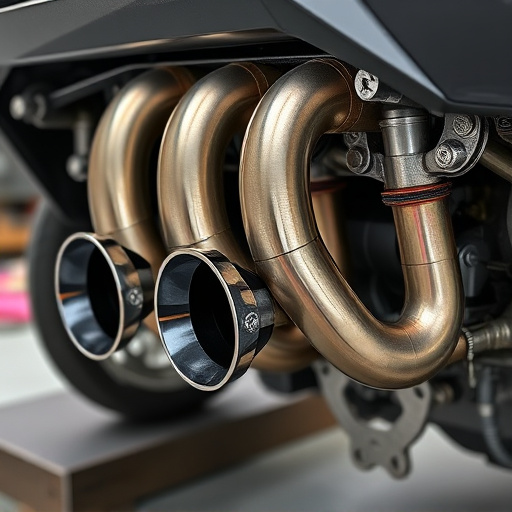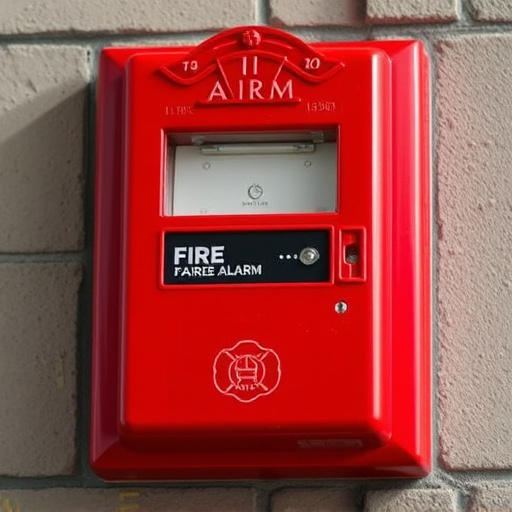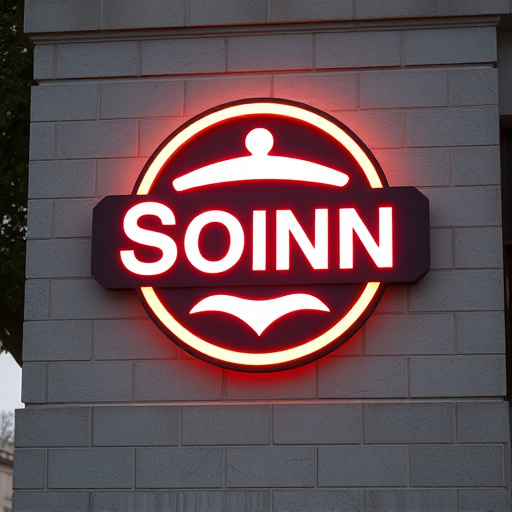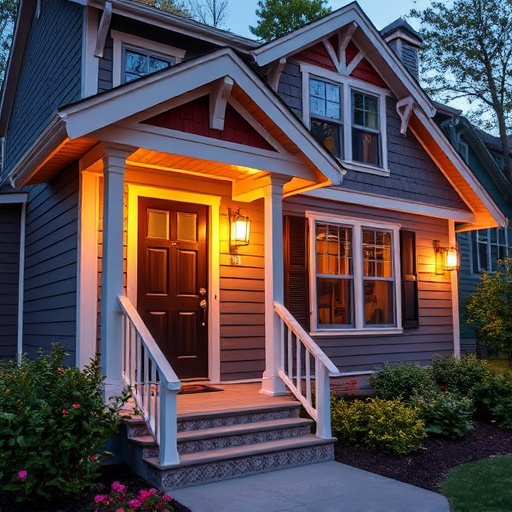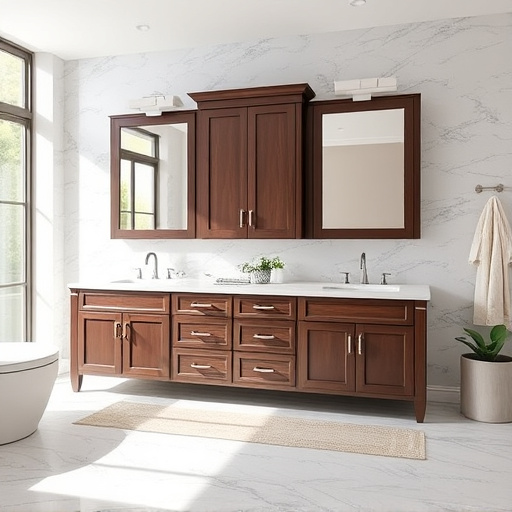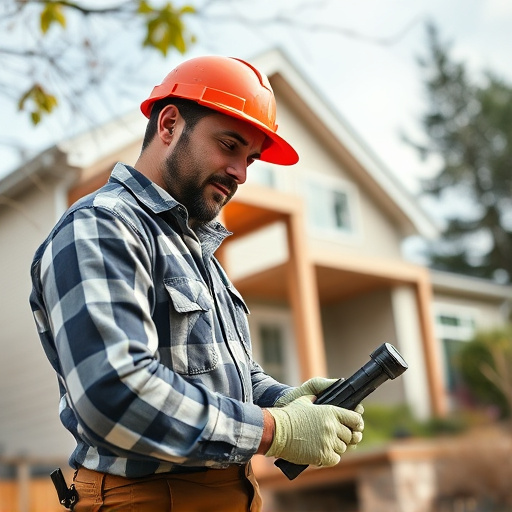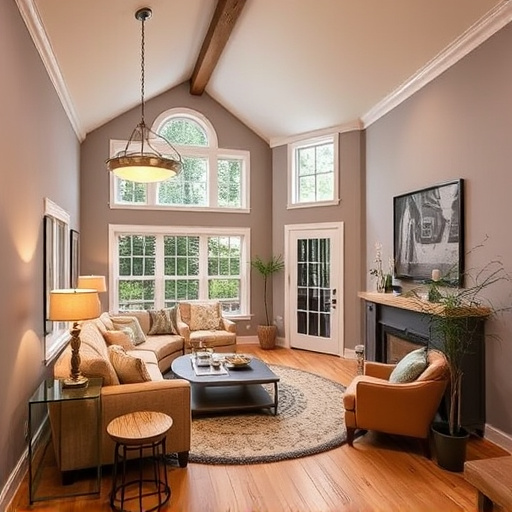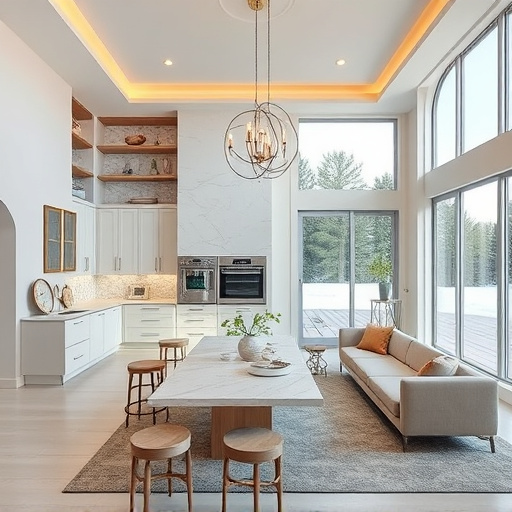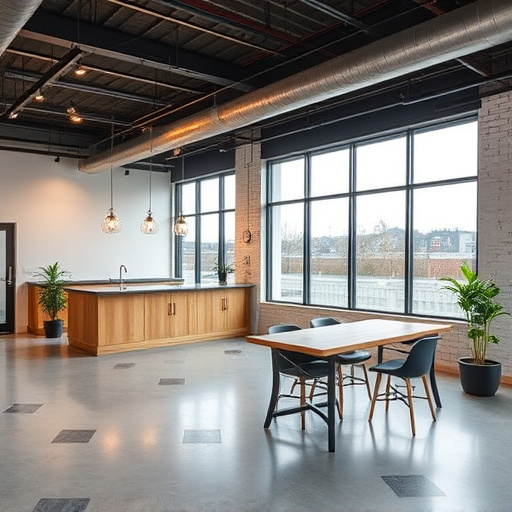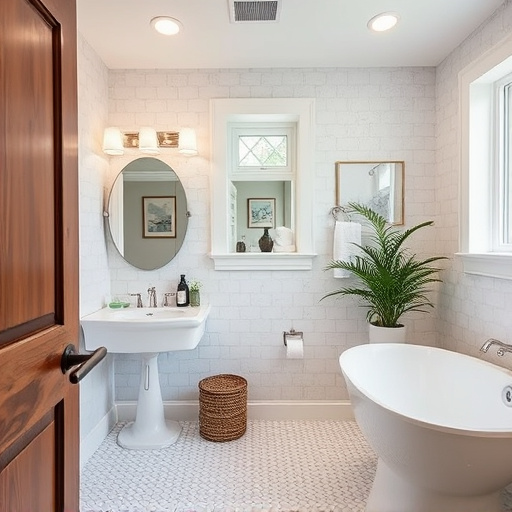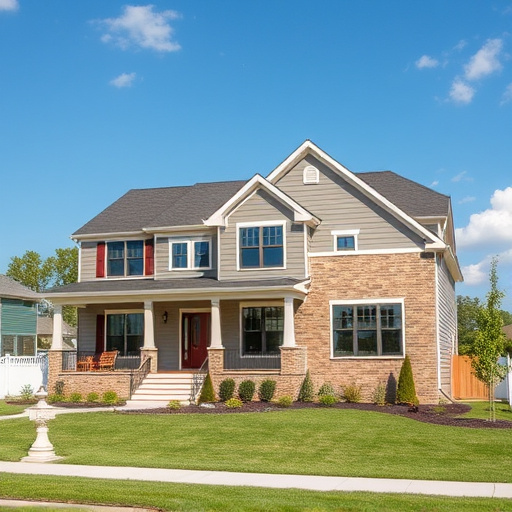The construction design industry is rapidly adopting sustainable practices driven by environmental awareness and green building initiatives. Digital innovations like BIM and VR enhance precision, creativity, and user-centric design. Modular and off-site construction streamlines projects, reduces costs, and minimizes waste, offering faster completion times, weather protection, and customized interior finishes for efficient, high-quality construction design solutions.
The future of construction design is being shaped by a trio of transformative trends. Sustainable practices, driven by the global green building revolution, are prioritizing eco-friendly materials and energy efficiency. Digital technologies, such as BIM (Building Information Modeling) and VR (Virtual Reality), are enhancing precision and streamlining design processes. Additionally, modular and off-site construction techniques are reducing costs and project timelines. These innovations are reshaping the industry, pushing boundaries, and redefining what’s possible in construction design worldwide.
- Sustainable Practices: Green Building Revolution Gains Momentum Worldwide
- Digital Transformation: BIM and VR Redefining Construction Design Precision
- Modular and Off-Site Construction: Streamlining Projects, Reducing Costs
Sustainable Practices: Green Building Revolution Gains Momentum Worldwide
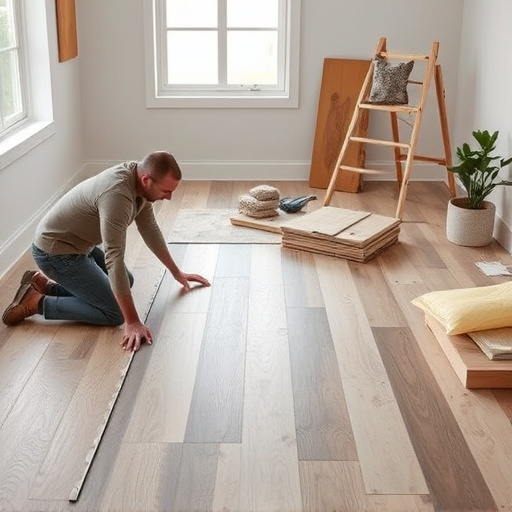
The construction design industry is witnessing a significant shift towards embracing sustainable practices, as the global green building revolution gains momentum. This movement is driven by the growing awareness of environmental issues and the desire to create more eco-friendly and energy-efficient spaces. Architects and designers worldwide are incorporating renewable materials, innovative technologies, and smart design strategies into their projects, setting new standards for construction. From utilizing natural lighting and ventilation to integrating solar panels and green roofs, these practices not only reduce a building’s carbon footprint but also offer long-term cost savings for occupants.
This trend is transforming the way we approach whole house remodels, kitchen and bath designs, and customized home renovations. Builders are now focusing on creating sustainable living environments that promote well-being and connectivity with nature. As a result, we see an increase in demand for design solutions that enhance energy efficiency, water conservation, and overall indoor air quality, ensuring a healthier and more sustainable future for both builders and residents alike.
Digital Transformation: BIM and VR Redefining Construction Design Precision
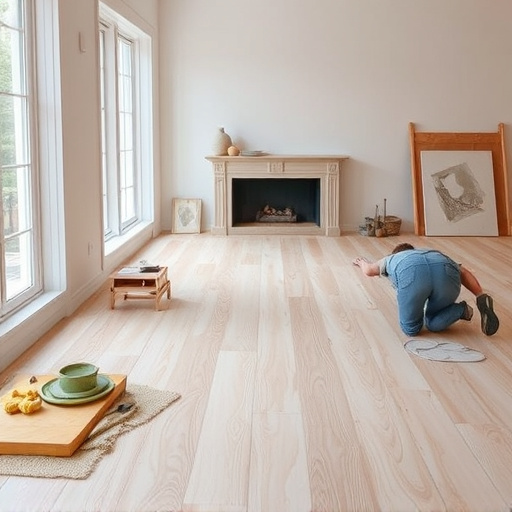
The construction design industry is undergoing a significant transformation driven by digital innovations, with Building Information Modeling (BIM) and Virtual Reality (VR) at the forefront. BIM technology has revolutionized how projects are designed and managed, offering unprecedented precision in construction design. This advanced modeling process allows for detailed 3D representations of buildings, incorporating not just structural elements but also functional spaces, interior painting schemes, and even home additions. It provides stakeholders with a comprehensive digital twin of the building throughout its lifecycle, enhancing collaboration and streamlining processes.
VR further enhances this transformation by immersing designers, architects, and clients in virtual environments. This technology enables them to walk through digital prototypes, making design decisions more intuitive and efficient. Whether it’s visualizing a new structure’s impact on its surroundings or ensuring interior painting colors complement the overall aesthetic, VR offers a level of immersion that was previously unimaginable. This blend of BIM and VR is redefining construction design precision, fostering creativity, and driving the industry towards more functional spaces that meet the needs and desires of end-users.
Modular and Off-Site Construction: Streamlining Projects, Reducing Costs
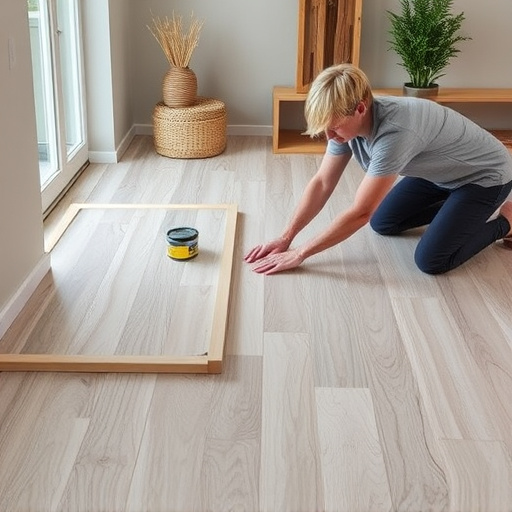
Modular and off-site construction is revolutionizing the global landscape of construction design. By building components in a controlled environment, this approach significantly streamlines projects, reducing time and labor costs. Modular construction allows for standardized, repeatable units that can be assembled on-site, enabling faster project completion and less waste. This trend not only enhances efficiency but also opens doors to innovative design possibilities, such as customized home renovations tailored to individual preferences and needs.
Furthermore, off-site manufacturing reduces exposure to weather delays and labor shortages commonly faced in traditional on-site construction. With interior painting and other finishing touches easily added later, modular homes offer a cost-effective solution for both developers and homeowners seeking efficient, high-quality construction. Customized work is made simpler through this method, as design changes can be incorporated more readily, ensuring that each project meets the unique requirements of its occupants.
The future of construction design is being reshaped by a trio of powerful trends. The global push towards sustainable practices, driven by the green building revolution, is setting new standards for eco-friendly materials and energy-efficient designs. Digital transformation, particularly through Building Information Modeling (BIM) and Virtual Reality (VR), is enhancing precision and efficiency across all stages of project development. Meanwhile, modular and off-site construction techniques are streamlining projects, reducing costs, and even enabling faster deployment in response to urgent needs. These trends collectively point to a more sustainable, tech-driven, and agile future for the construction design industry worldwide.
